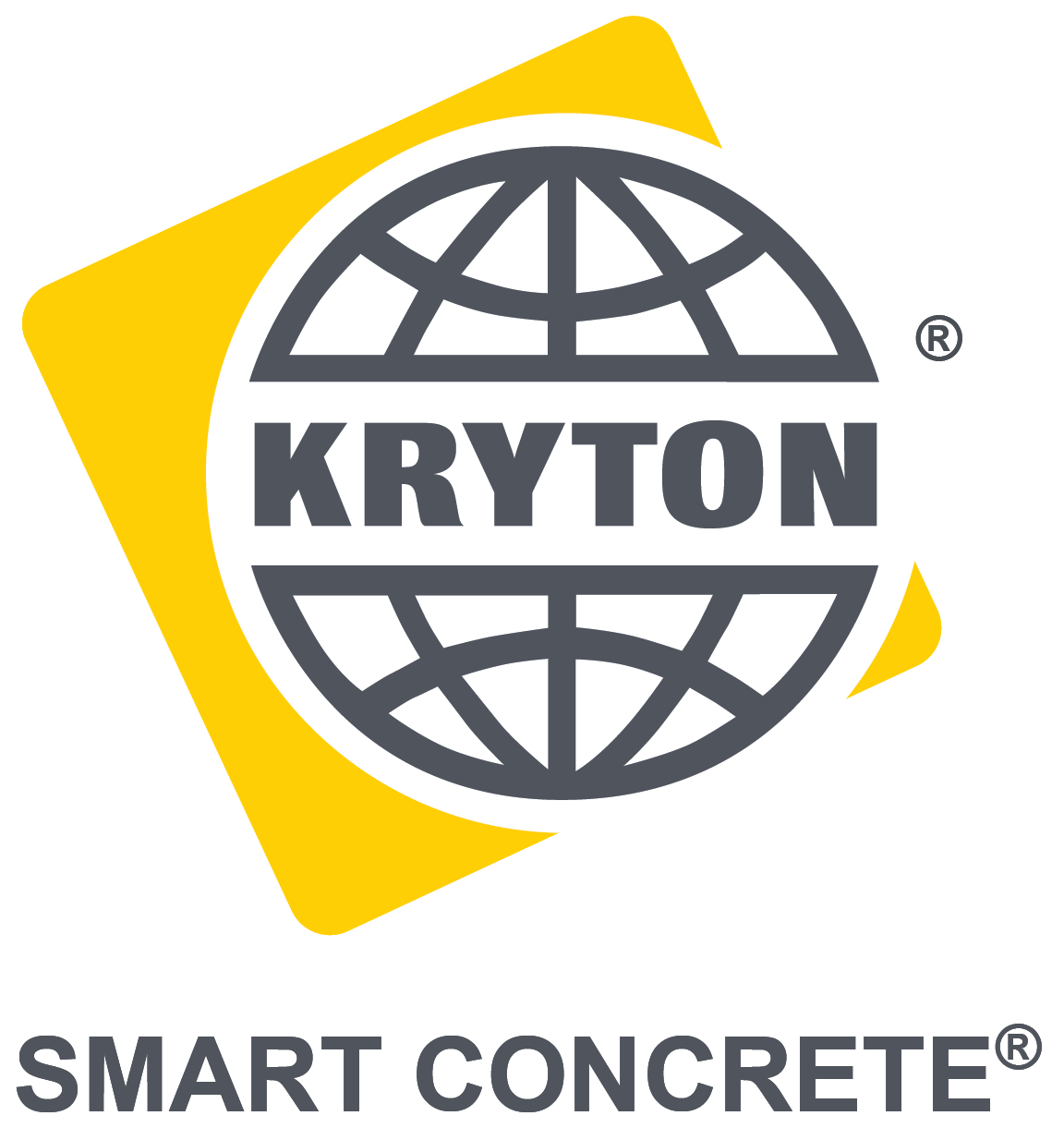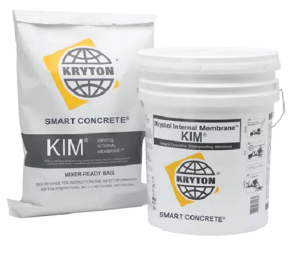Navigating the Maze: Architectural Triumphs in the Face of Project Delays and Timeline Pressures
February 17, 2024Crystalline waterproofingIntroduction
In the dynamic realm of architecture, every project is a carefully choreographed symphony of
creativity, precision, and, inevitably, challenges. Among the most formidable adversaries
architects encounter are project delays and timeline pressures. These disruptions, stemming
from unpredictable variables like weather conditions, labor shortages, or unforeseen site issues,
can wreak havoc on even the most meticulously planned construction schedules. In this blog,
we explore the strategies architects employ to navigate these challenges, with a special focus
on one game-changing solution—crystalline waterproofing in foundation design.
Understanding the Terrain
Architects often find themselves at the intersection of art and science, where creativity meets
structural integrity. Amidst this delicate balance, the constant threat of project delays looms
large. Weather delays, for instance, can throw even the most well-organized projects off course.
Rain, snow, or extreme temperatures can bring construction to a grinding halt, affecting
timelines and exacerbating the pressure on architects to deliver.
Crafting Resilient Foundations
One key strategy to fortify projects against weather-related setbacks is the incorporation of
crystalline waterproofing in foundation design. This innovative solution is a game-changer,
offering architects a powerful tool to enhance durability and minimize the impact of adverse
weather conditions. Crystalline waterproofing works by forming an integral part of the concrete
structure, turning it into a resilient barrier against water infiltration.
The Advantages of Crystalline Waterproofing
Architects looking to safeguard their projects against the vagaries of weather can benefit
significantly from the unique advantages of crystalline waterproofing. Unlike traditional
waterproofing methods, which often involve surface treatments, crystalline waterproofing
becomes an integral part of the concrete matrix. This not only provides superior protection
against water ingress but also strengthens the overall structural integrity of the foundation.
Furthermore, the self-sealing properties of crystalline waterproofing ensure that any
micro-cracks that may develop over time are automatically sealed, preventing potential water
seepage. This proactive approach significantly reduces the likelihood of long-term structural
damage, offering architects and project stakeholders peace of mind.
Collaboration and Communication
Successfully navigating project delays requires architects to be not only masterful designers but
also adept collaborators and communicators. Architects must forge strong partnerships with
contractors, stakeholders, and construction teams. Transparent communication and a proactive
approach to problem-solving are essential components of overcoming unforeseen challenges
and keeping projects on track.
Crystalline waterproofing, with its proven track record of enhancing foundation durability,
becomes a valuable ally in these collaborative efforts. By incorporating this solution into the
initial design phase, architects create a robust foundation that withstands the test of time and
minimizes the risk of delays caused by water-related issues.
Real-world Success Stories
To underscore the effectiveness of crystalline waterproofing, let’s delve into real-world success
stories where architects have triumphed over project delays using this innovative approach.
Case Study 1: The Skyward Tower
In the heart of a bustling urban landscape, architects faced the daunting challenge of
constructing the Skyward Tower amidst unpredictable weather patterns. By incorporating
crystalline waterproofing in the foundation design, they created a resilient structure that
weathered storms and heavy rainfall without compromising the project timeline. The result was a
stunning architectural marvel that stood tall against the forces of nature.
Case Study 2: The Coastal Retreat
Architects tasked with designing a luxurious coastal retreat navigated the complex interplay of
saltwater exposure and adverse weather conditions. Through meticulous planning and the
integration of crystalline waterproofing, they crafted a foundation that not only resisted corrosive
effects but also ensured the project progressed smoothly despite unforeseen delays caused by
inclement weather.
Conclusion
In the demanding world of architecture, the ability to overcome project delays and timeline
pressures is a testament to the resilience and creativity of architects. By adopting innovative
solutions such as crystalline waterproofing in foundation design, architects can fortify their
projects against the unpredictable forces of nature. This not only enhances the durability of
structures but also provides a buffer against potential setbacks, allowing architects to deliver
projects that stand as timeless testaments to their skill and vision. As we continue to push the
boundaries of architectural excellence, the integration of cutting-edge solutions becomes
paramount, ensuring that each project not only survives but thrives in the face of challenges



 SMART CONCRETE®
SMART CONCRETE®